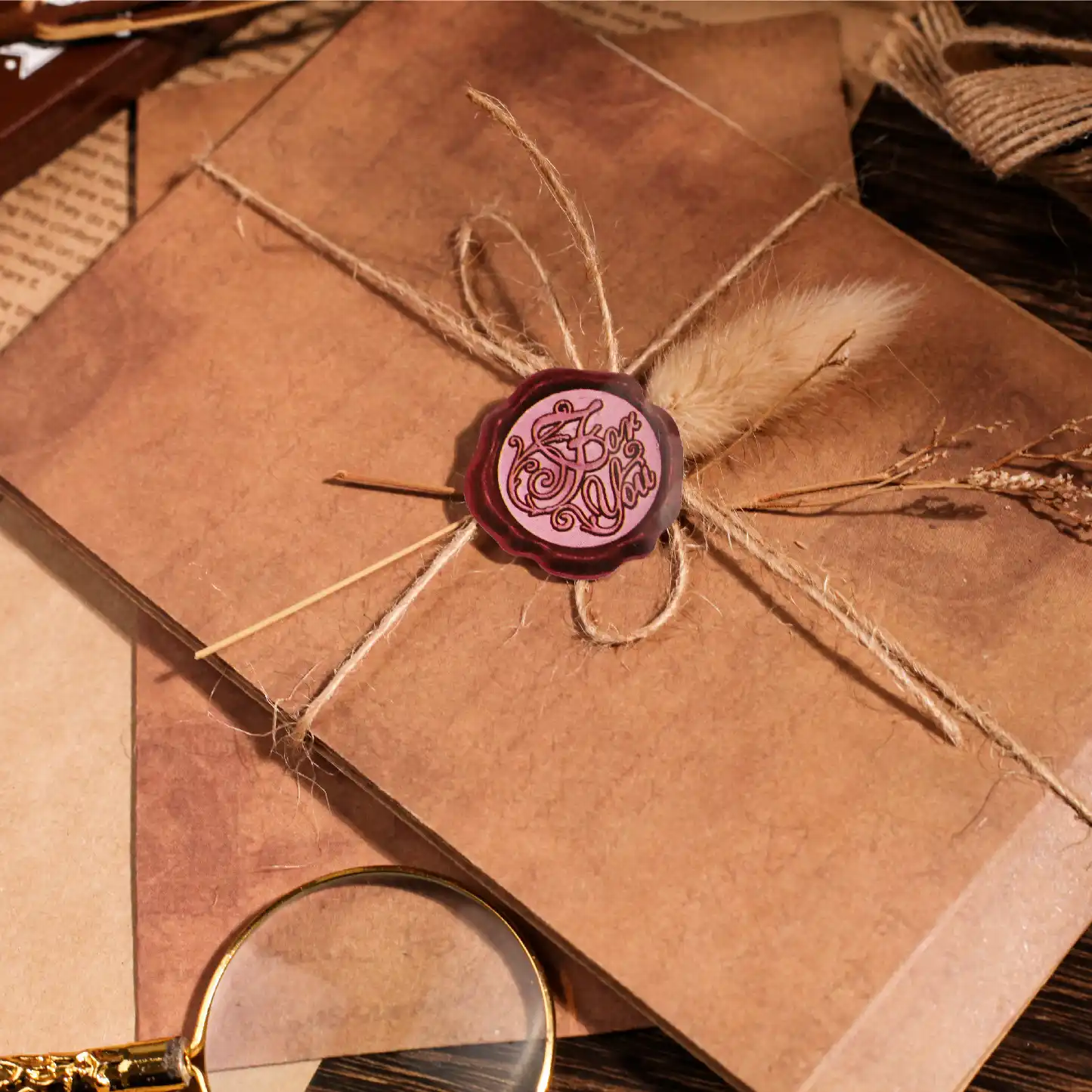The Complete Guide to Envelope Sizes: All You Need to Know
Introduction
Envelopes are a staple in both personal and professional settings. Whether you're sending a personal letter to a friend, mailing important documents, or distributing marketing materials, selecting the right envelope size is crucial. This comprehensive guide will provide you with all the information you need about envelope sizes, ensuring that your letters, documents, and cards are perfectly presented.
Understanding Envelope Sizes
Envelopes come in a variety of sizes, each designed for specific purposes. The size you choose can affect both the presentation and postage requirements of your mail. Below, we'll explore some of the most common envelope sizes, their dimensions, and their typical uses.
The Standard #10 Envelope
The #10 envelope is one of the most widely used sizes, especially for business correspondence. Its standard dimensions are 4 1/8 inches by 9 1/2 inches (104.78 mm x 241.3 mm), and it comfortably fits an 8 1/2 x 11 inch sheet of paper folded into thirds.
- Uses: Business letters, invoices, marketing materials.
- Postage: Typically requires a single standard stamp for domestic mail within weight limits.
Other Common Envelope Sizes
| Envelope Name | Dimensions (inches) | Dimensions (mm) | Common Uses |
|---|---|---|---|
| #9 Envelope | 3 7/8 x 8 7/8 | 98.43 x 225.43 | Reply envelopes, inserts for #10 envelopes |
| A2 Envelope | 4 3/8 x 5 3/4 | 111.13 x 146.05 | Invitations, greeting cards |
| 6x9 Envelope | 6 x 9 | 152.4 x 228.6 | Large greeting cards, booklets |
| 9x12 Envelope | 9 x 12 | 228.6 x 304.8 | Full-size documents, magazines |
Selecting the Right Envelope
Choosing the right envelope involves more than just picking a size. Here are some factors to consider when selecting an envelope:
- Purpose: What are you sending? Choose the envelope size that best fits your contents without the need to fold or cram materials.
- Presentation: For formal occasions or business communications, the envelope can be a reflection of your brand or style.
- Postage Costs: Larger envelopes or those exceeding certain weight limits may cost more to send. Be mindful of postal requirements when selecting your envelope.
- Material & Style: Envelopes come in various materials such as paper, plastic, and padded options for extra protection.
Special Features to Consider
Envelopes also come with various features that may be important based on what you are mailing. These can include:
- Security Tint: Prevents contents from being visible through the envelope, ideal for sensitive communications.
- Self-Sealing Flaps: Convenient peel-and-seal strips eliminate the need for moisture to seal the envelope.
- Window Envelopes: These have a transparent window for addresses, commonly used for invoices and billing.
- Padded Protection: Bubble or cushioned envelopes suitable for fragile items.
Envelope Sizes Around the World
It's important to note that envelope sizes can differ between countries, as international standards for envelope sizes do exist. For example, the ISO 269 standard is commonly used in many European countries.
ISO 269 Standard
| Envelope Size | Dimensions (mm) | Fit Paper Size |
|---|---|---|
| C4 | 229 x 324 | Fits A4 flat |
| C5 | 162 x 229 | Fits A5 flat or A4 folded in half |
| DL | 110 x 220 | Fits A4 folded in thirds |
| C6 | 114 x 162 | Fits A6 flat or A4 folded twice |
Practical Tips for Mailing
There are several practical considerations to remember when preparing your mail, which will not only optimize delivery but also elevate the professional appearance of your outbound correspondence.
- Weigh Your Mail: Ensure your envelope doesn’t exceed weight limits for standard postage rates.
- Address Placement: Place the address correctly to avoid misdelivery, with the return address at the top left.
- Checking for Damage: Opt for padded or durable materials if sending sensitive items, and inspect for damage before sealing.
- Using Forever Stamps: Consider using Forever Stamps to avoid needing to remit additional postage when rates increase.
Conclusion
Selecting the right envelope size and type can greatly impact the success and cost-efficiency of your mailing efforts. Whether you're a business professional, event coordinator, or just someone sending a holiday card, having a firm grasp on envelope varieties ensures you communicate effectively and professionally.
Invest a bit of extra time in considering the content, context, and destination of your mail before sealing it in its envelope. This will enable you to choose the perfect fit that makes your mail stand out while reaching your recipient just as planned.
Next time someone asks, "What envelope should I use?"—you'll be the expert to provide a confident and informed response!











 浙公网安备
33010002000092号
浙公网安备
33010002000092号 浙B2-20120091-4
浙B2-20120091-4